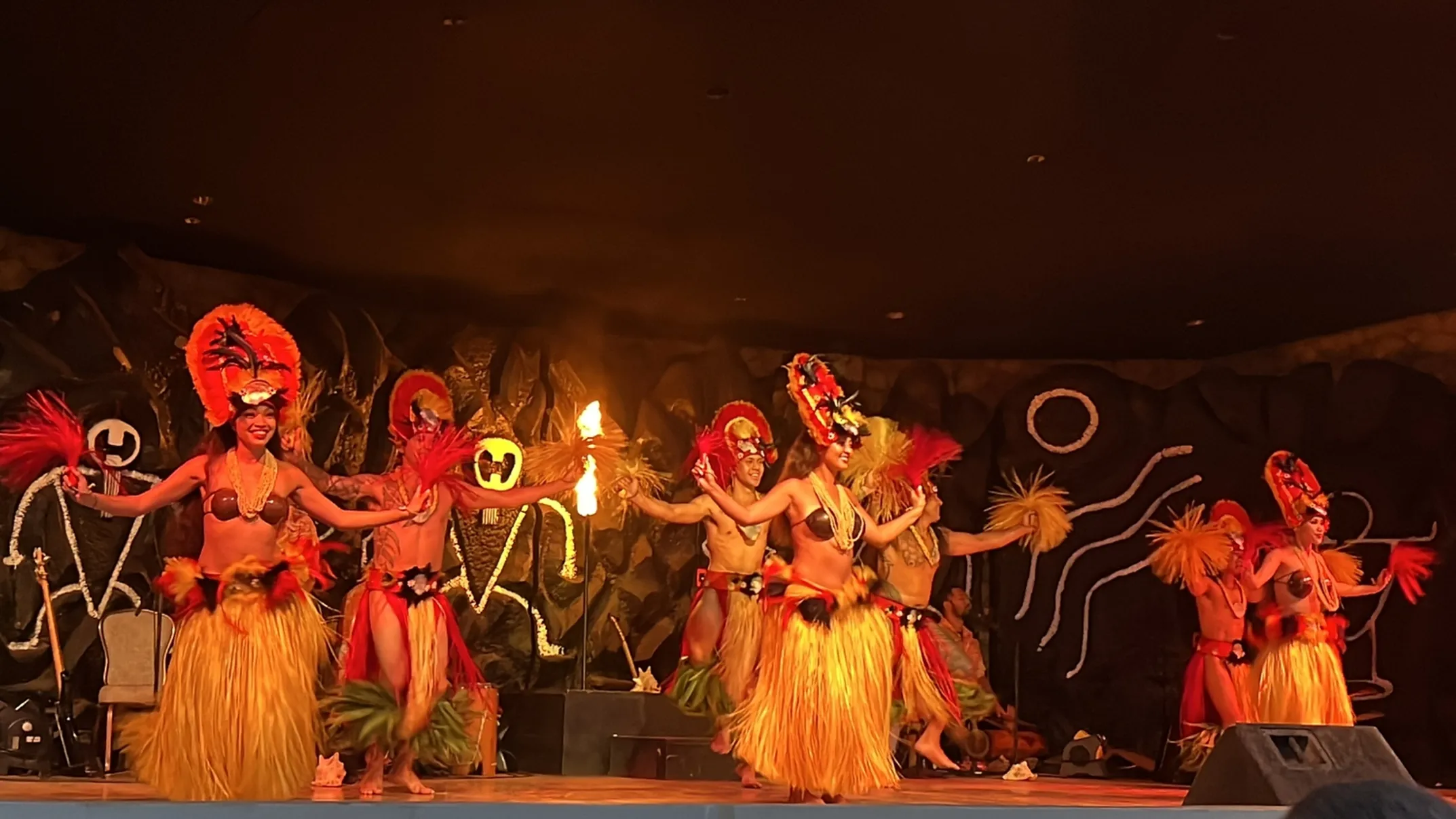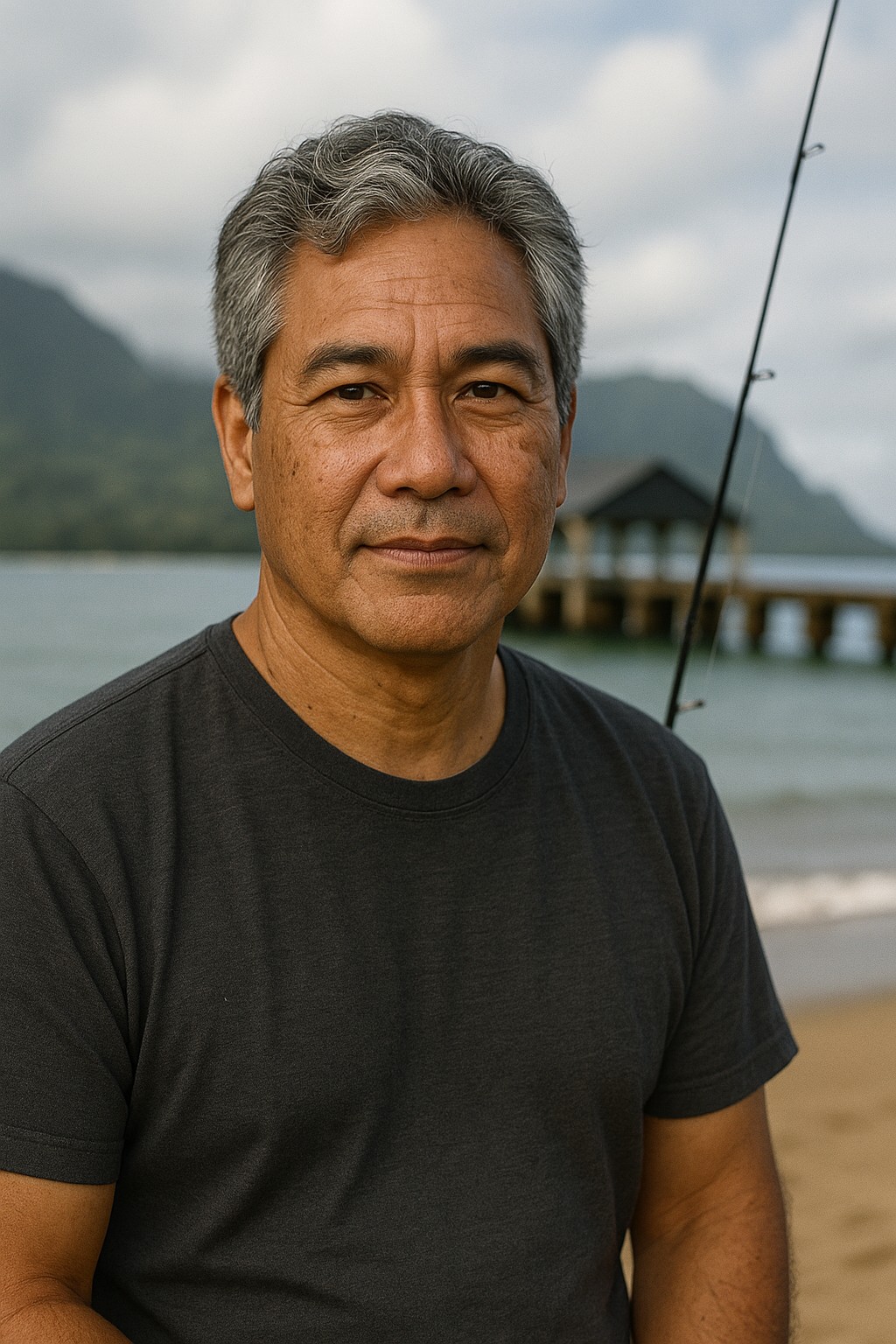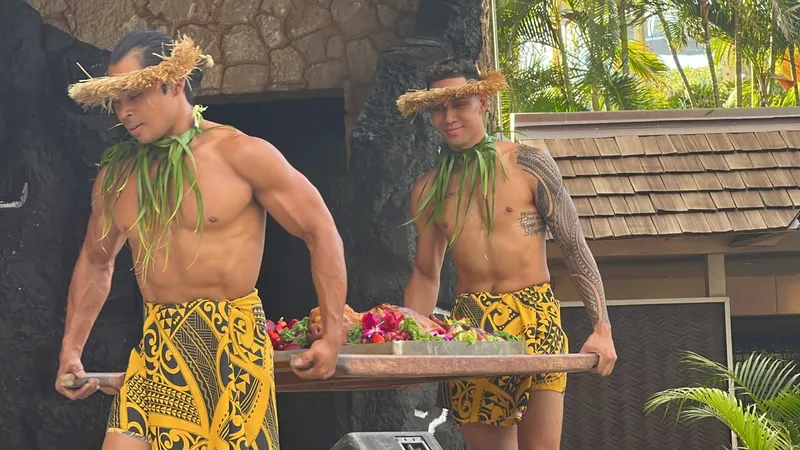

Unveiling the Past
The rich history and evolution of the Hawaiian Lūʻau

Written by a Local Cultural Expert
Kalani MillerFrom Ancient ʻAhaʻaina to Modern Celebration
Long before my great-great-grandmother was born, Hawaiian families gathered for sacred feasts called ʻahaʻaina. Picture this: warriors returning from battle, chiefs launching new voyaging canoes, families honoring their ancestors. These weren't casual backyard barbecues. They were formal ceremonies that connected people to their gods, their land, their history.
The shift to calling these gatherings "lūʻau" happened slowly, sometime in the 1800s. The name stuck because those tender taro leaves showed up at every feast. Cooked like spinach, mixed with coconut milk and salted fish. Simple food that became the heart of celebration.
These ancient feasts weren't just meals—they were ceremonies that connected people to their gods, their land, and their history.
The Kapu System and its Abolition: A Turning Point
Here's something most guidebooks skip: for centuries, men and women couldn't eat together in Hawaiʻi. The kapu system made it forbidden. Women couldn't touch pork, certain fish, coconuts, most bananas. These foods belonged to male gods and male power.
Everything changed in 1819. King Kamehameha II did something that shook our islands to their core. He sat down to eat with his mother, Queen Keopuolani, and Queen Kaʻahumanu. In public. On purpose.
That meal ended the kapu system forever. It created ʻai noa - eating freely. For the first time in centuries, families could share the same table. The same food. The same joy.
This wasn't just about dinner rules. It was cultural revolution from within. Our ancestors chose change. They chose inclusion. They planted the seeds of the lūʻau we know today.

🏛️ Ancient Times
Sacred ʻahaʻaina ceremonies connected communities to gods and ancestors through formal feasts and ritual gatherings.
⚡ 1819: Kapu Abolished
King Kamehameha II breaks kapu by eating with women, creating ʻai noa (free eating) and revolutionizing Hawaiian society.
🎭 1800s: Royal Feasts
Legendary royal lūʻau feed thousands, celebrating abundance and community while ending ancient restrictions.
🏝️ Modern Era
Tourism transforms lūʻau into cultural sharing opportunities while private celebrations maintain spiritual connections.
⏰ Key Dates
- Ancient Times: ʻAhaʻaina ceremonies
- 1819: Kapu system ends
- 1800s: Royal lūʻau era
- 1878: Captain Cook arrives
- 1893: Kingdom falls
📚 Cultural Terms
- ʻAhaʻaina: Ancient ceremonial feast
- Kapu: Sacred restrictions system
- ʻAi noa: Free eating after kapu
- Lūʻau: Taro leaves & feast name
📧 Cultural Updates
Learn more about Hawaiian history and cultural preservation efforts.
Early Lūʻau: Grand Affairs of Feasting and Fellowship
The royal lūʻau that followed were legendary. King Kamehameha III once threw a party at his summer home that fed ten thousand people. The menu? 271 hogs, 3 oxen, 602 chickens, nearly 5,000 fish, 12 barrels of laulau, 80 bunches of bananas, 55 pineapples, over 2,000 coconuts.
These weren't just meals. They were statements. Celebrations of abundance, community, the end of old restrictions. Guests played traditional games between courses. They shared stories. They danced until dawn.
The Influence of Western Contact & Tourism
When Captain Cook arrived in 1778, he brought more than just ships. New foods appeared on our tables. Cattle, introduced fruits, and different cooking methods. Our lūʻau evolved, adding these ingredients to ancient recipes.
After the Hawaiian Kingdom fell in 1893, tourism changed everything again. Hotels started staging lūʻau for visitors. The sacred became a spectacle. But something beautiful happened too. These commercial celebrations became a way to share our culture with the world. To keep our traditions alive when they might have been forgotten.
Modern Lūʻau: Celebrating Milestones and Sharing Culture
In my family, we still throw lūʻau for first birthdays, graduations, weddings. These private celebrations feel different from the tourist ones. More intimate. More connected to the spiritual heart of the tradition.
But the public lūʻau serve a purpose too. They're windows into our culture for people who might never otherwise experience it. They support local performers, keep ancient arts alive, employ hundreds of island families.
The best modern lūʻau blend entertainment with education. They don't just show you hula. They explain why this dance survived when missionaries tried to ban it. They don't just serve you poi. They tell you why taro is sacred to our people.
Today's lūʻau walk a careful line. Honoring the past while welcoming the future. Staying authentic while staying accessible.
The evolution from ancient ʻahaʻaina to modern lūʻau represents more than changing food customs—it's the story of a culture's resilience, adaptation, and enduring spirit.

